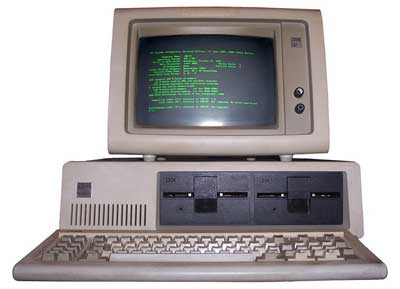3 GENERATION COMPUTER
The period of third generation was 1965-1971. The computers of third generation used integrated circuits (IC's) in place of transistors. A single IC has many transistors, resistors and capacitors along with the associated circuitry. The IC was invented by Jack Kilby. This development made computers smaller in size, reliable and efficient. In this generation remote processing, time-sharing, multi-programming operating system were used. High-level languages (FORTRAN-II TO IV, COBOL, PASCAL PL/1, BASIC, ALGOL-68 etc.) were used during this generation.

The main features of third generation are:
- IC used
- More reliable in comparison to previous two generations
- Smaller size
- Generated less heat
- Faster
- Lesser maintenance
- Still costly
- A.C needed
- Consumed lesser electricity
- Supported high-level language
Some computers of this generation were:
- IBM-360 series
- Honeywell-6000 series
- PDP(Personal Data Processor)
- IBM-370/168
- TDC-316
Keyboards and monitors developed during the period of third generation of computers. The third generation computers interfaced with an operating system, which allowed the device to run many different applications at one time with a central program that monitored the memory.
CHARACTERISTICS
1) IC was used instead of transistors in the third generation computers.
2) Third generation computers were smaller in size and cheaper as compare to the second generation computers.
3) They were fast and more reliable.
4) High level language was developed.
5) Magnetic core and solid states as main storage.
6) They were able to reduce computational time and had low maintenance cost.
7) Input/Output devices became more sophisticated.
PDP-8, PDP-11, ICL 2900, IBM 360 and IBM 370 are the examples of third generation computers.
No comments:
Post a Comment